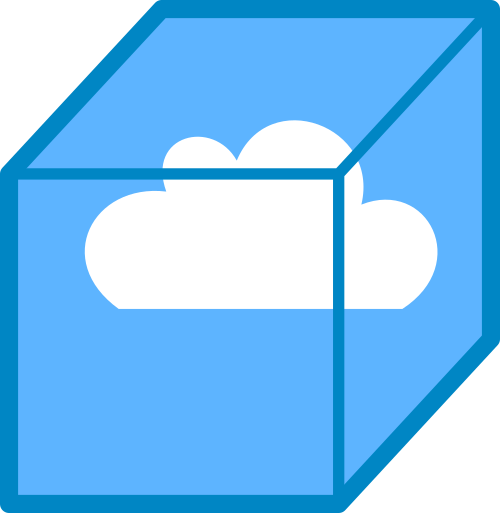DALES Output#
Enabling output#
To save cross sections or 3D fields the following settings are needed in the namelist file for Dales. Output is saved in netCDF format by default.
&NAMCROSSSECTION
lcross = .true.
crossheight = 20,40,80
dtav = 60
/
crossheights is a list of z-levels for which to save horizontal cross sections.
&NAMFIELDDUMP
lfielddump = .true.
dtav = 60
/
Output with one directory per MPI row#
When running with many cores the amount of output files in the run directory becomes annoying (and some supercomputer file systems don’t like more than a few thousand files per directory).
With the option loutdirs set to true, the output from each row of MPI processes is placed in its own directory: 000, 001, 002, … .
&RUN
loutdirs = .true.
/
Merging netCDF tiles#
For 2D and 3D output, each DALES process saves it’s own
The command cdo can be used to merge netCDF tiles.
Use cdo version >= 2.0.6.
cdo -O collgrid crossxy.0001.*.nc crossxy.0001.nc
-O is for overwriting the target file if it exists.
Selecting variables#
cdo -O collgrid,vxy crossxy.0001.*.nc crossxy.0001.nc
To include only selected variables in the output, add a comma-separated list after collgrid (no spaces).
Compression#
Optionally add flags to enable compressed netCDF4 output:
cdo -f nc4 -z zip_6 -O collgrid crossxy.0001.*.nc crossxy.0001.nc
NetCDF time units#
If both xyear and xday are present in the DOMAIN namelist,
DALES outputs proper time units in the netCDF: seconds since 2020-01-02T00:00:00. Otherwise the unit is just s, meaning seconds since the start of the simulation.
Handling large cases#
If cdo runs out of memory, it may help to do the merging in two steps: first merge each row of tiles into a stripe, then merge the stripes. To save time, do not enable compression for the intermediate files.
